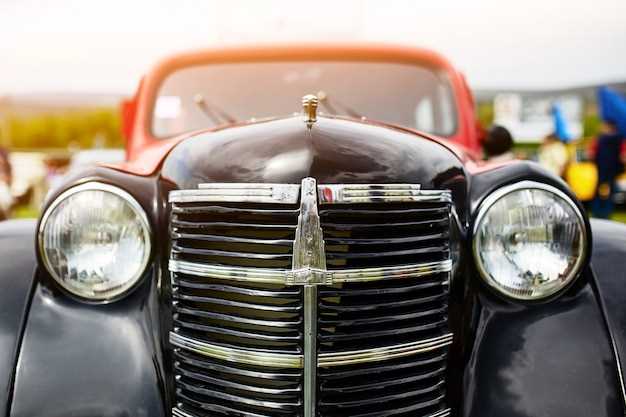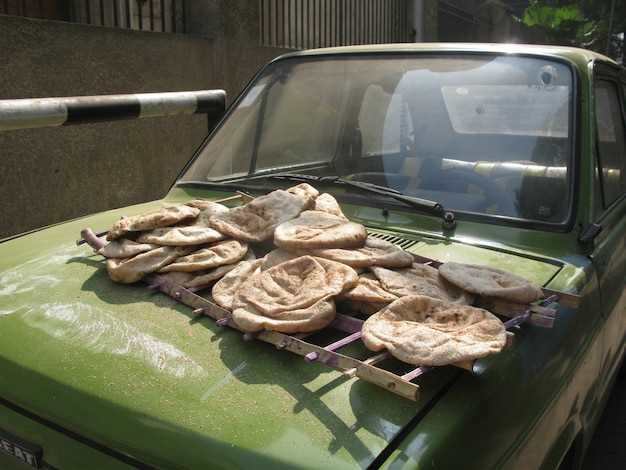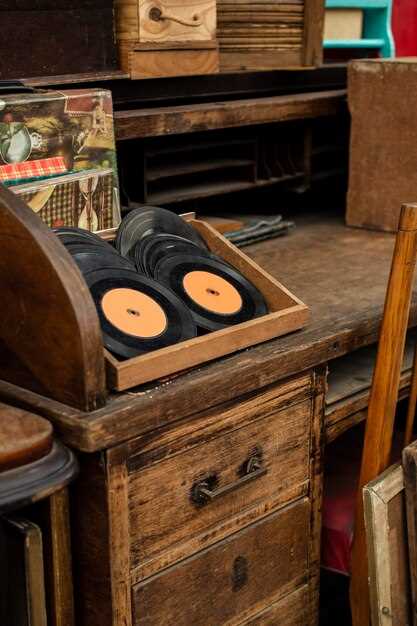Collecting Classic Car Memorabilia

Collecting classic car memorabilia is not just a hobby; it is a passionate pursuit that connects enthusiasts to the rich history of automotive design and culture. For many, it is about more than just acquiring items; it is a way to celebrate the legendary vehicles that have shaped the automotive landscape. A true collector immerses themselves in the stories behind each piece, whether it’s a vintage advertisement, a rare toy, or a period accessory that embodies the spirit of a bygone era.
In this guide, we will explore the various facets of classic car memorabilia collecting, from understanding the types of items available to identifying the right places for sourcing them. Knowing what to look for can significantly enhance a collector’s experience and help in building a valuable collection. From promotional materials and scale models to garage signs and original factory parts, the world of memorabilia is vast and varied, inviting enthusiasts to discover and cherish automotive history.
Moreover, the community surrounding classic car memorabilia is vibrant and welcoming. Engaging with fellow collectors through clubs, events, and online forums can provide invaluable insights and networking opportunities. Whether you are a seasoned collector or just starting your journey, the thrill of uncovering a hidden gem is what makes collecting classic car memorabilia an enduring and fulfilling passion.
Identifying Valuable Classic Car Memorabilia

When it comes to classic car memorabilia, distinguishing between valuable items and mere collectibles is crucial for serious enthusiasts and investors. Several factors contribute to the value of memorabilia, including rarity, condition, provenance, and historical significance.
Rarity is one of the primary indicators of potential value. Items that were produced in limited quantities, such as promotional materials for specific car models or limited-edition merchandise, tend to fetch higher prices. Researching production numbers or historical context can help gauge rarity.
Condition plays a pivotal role in the valuation of memorabilia. Items in pristine condition with minimal wear, damage, or fading generally command higher prices. Before acquiring memorabilia, it’s essential to closely examine the item and consider professional appraisal if necessary.
Provenance refers to the history of ownership and origin of the memorabilia. Items with documented history, such as autographed pieces or those linked to significant figures in the automotive world, often hold greater value. Collectors appreciate knowing where an item has been and who has owned it.
Historical significance cannot be overlooked. Memorabilia related to iconic car brands, legendary racing events, or milestone automotive developments tends to be more sought after. Items that tell a compelling story or represent a pivotal moment in automotive history can significantly increase their market value.
Additionally, market trends should be considered when evaluating potential investments. Popularity of certain brands or models can fluctuate over time, impacting the desirability of associated memorabilia. Staying informed about market dynamics and collector interests can enhance your decision-making process.
Lastly, networking within the classic car community can provide valuable insights and connections that can enhance your understanding of which memorabilia is truly valuable. Engaging with experienced collectors and attending auctions or shows can reveal hidden gems and emerging trends.
Where to Find Authentic Classic Car Collectibles
Collectors seeking authentic classic car memorabilia can explore a variety of venues and resources. One of the primary places to locate genuine items is through classic car shows and auctions. These events often feature rare collectibles, as sellers typically present items that appeal to serious enthusiasts.
Online marketplaces, such as eBay, provide extensive listings of memorabilia, from vintage parts to promotional materials. However, it is crucial for collectors to verify the authenticity of items by checking seller ratings and reading product descriptions carefully.
Specialty shops dedicated to automotive collectibles are another great source. These retailers often have established relationships with collectors and can provide provenance for items. Joining local car clubs or forums can also be beneficial, as members frequently share leads on where to find authentic collectibles.
Estate sales and auctions are often treasure troves for collectors. Many classic car enthusiasts pass away, leaving behind collections that might include unique memorabilia. Patience and an eye for detail can yield impressive finds at these events.
Lastly, networking with other collectors can open doors to private sales, where authentic items are available that may not be advertised publicly. Developing relationships within the community is key in discovering hidden gems.
Strategies for Preserving and Displaying Your Collection

Proper preservation and display of classic car memorabilia are vital for maintaining their value and appeal. Start by choosing appropriate storage conditions. Memorabilia should be kept in a climate-controlled environment to prevent damage from humidity and temperature fluctuations. Aim for a stable temperature of around 70°F (21°C) and relative humidity between 40-60%.
Use archival-quality materials, such as acid-free boxes and sleeves, to store items like posters, manuals, and photographs. These materials protect against chemical reactions that can degrade paper over time. For fabric items such as vintage clothing or banners, consider using breathable storage bags to avoid trapping moisture, which can lead to mold growth.
When displaying your collection, avoid direct sunlight, as UV rays can fade colors and materials. Utilize display cases made of acrylic or glass to showcase items while providing protection from dust and handling. For larger items, such as model cars or parts, consider dedicated shelving or wall-mounted displays to keep them safe and visible.
Label each piece clearly, providing context that adds historical significance. Modern labeling solutions include custom printed labels or QR codes that link to detailed online information, enriching the experience for viewers. Additionally, keep an inventory of your collection, noting purchase details, conditions, and any restoration history, which can help track value and provenance over time.
Regularly inspect your memorabilia to ensure they remain in good condition. Cleaning procedures should be gentle; use a soft brush or microfiber cloth to remove dust, and avoid chemicals that could cause damage. Documentation of any conservation efforts is crucial for maintaining value and providing transparency for future buyers.
Engaging with fellow collectors can enhance your knowledge of preservation techniques. Join clubs or online forums to share tips and best practices. Attending car shows or exhibitions also provides opportunities to see how others display their collections effectively.



